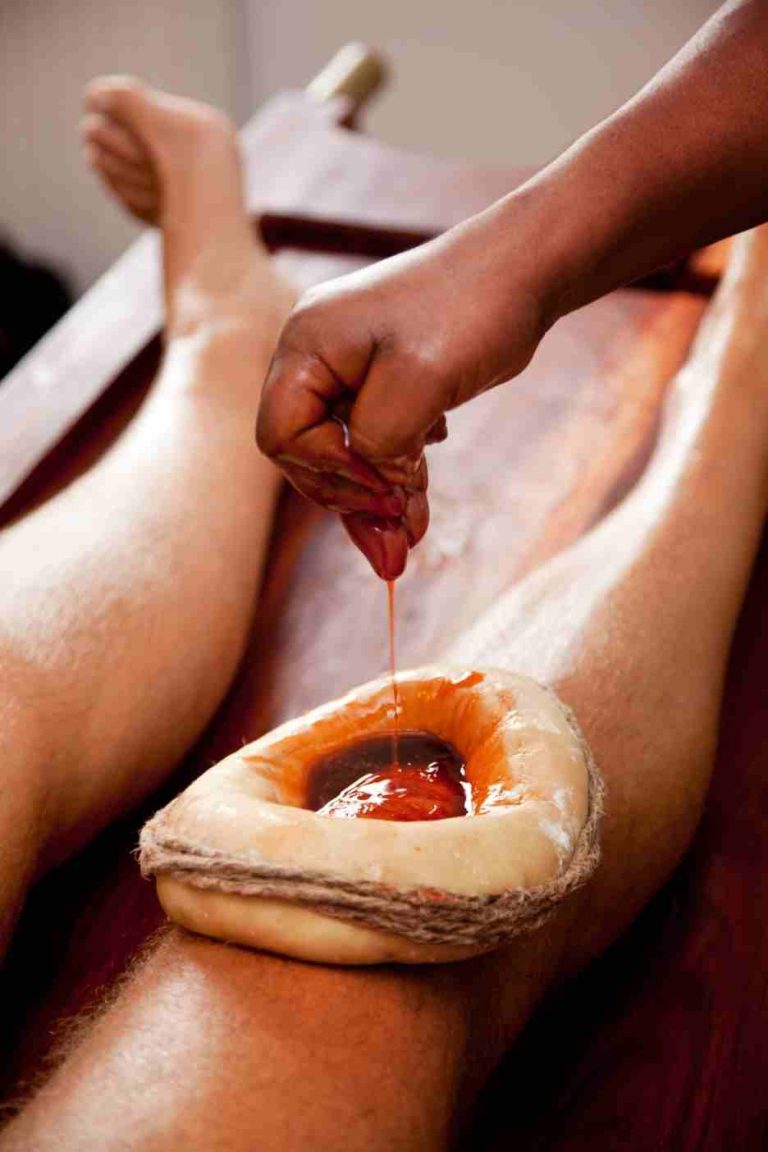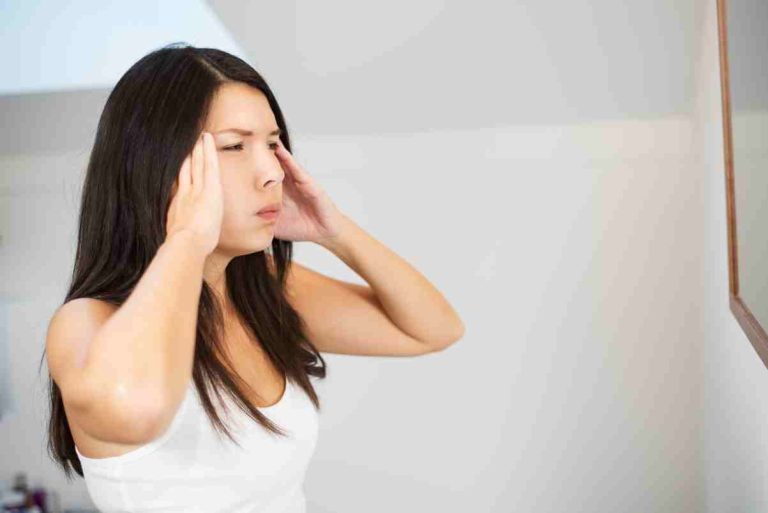
Table of Contents
Jatamansi
The herb Jatamansi has many beneficial effects. It may be used in hair oil to get silky smooth and healthy hair. It may also relieve the symptoms of fever, vertigo, and insomnia. Jatamansi may also help with phlegm in asthma and cough. If you are interested in learning more about Jatamansi, read on to learn more. In addition to its many benefits, jatamansi oil may help improve your overall health.
What Ayurveda says about Jatamansi plant
Jatamansi is known to have medicinal properties. It is used as an herbal medicine and has been shown to inhibit neuroblastoma cell proliferation. While studies on jatamansi are limited, its anticancer and hepatoprotective properties may make it helpful for liver problems. However, you should always check with your doctor before taking this herb.
Ayurveda has long credited Jatamansi with many benefits, from improving skin complexion to curing depression and anxiety. This herb is also a known germicide and blood purifier. It balances all three doshas, including Pitta, which causes hair problems. Jatamansi has the potential to help women who suffer from Pitta dosha imbalances improve their hair and skin complexion.
The rhizomes of the Jatamansi plant are highly medicinal. Ayurveda uses the root of the plant for treatment of blood disorders, circulatory conditions, and mental disorders. Its roots are also used in the production of dyes and perfumes. Jatamansi oil has potential to alleviate fever and phlegm.
The rhizome of Jatamansi is processed to produce an essential herbal oil. Its aroma is soothing and has anti-inflammatory, antimicrobial, and sedative properties. The essential oil is also used in body perfumes. Jatamansi is also used for its ability to improve memory and relax the mind. It has anti-depressant, antispasmodic, and antispasmodic properties, which is why it is used for treating various mental disorders.
Studies have shown that the methanolic extract from jatamansi has activity against several types of microorganisms. These findings may justify its use as a potential antifungal and antibacterial agent. Other beneficial effects of jatamansi include its ability to reduce the formation of lipid peroxides and to increase cerebral GABA levels. This herb is useful for curing depression and other sleep disorders.
Morphology of Jatamansi plant
The morphology of the Jatamansi plant has a variety of important features. It is a perennial herb native to Himalaya and Yunnan regions in China. The plant is known as Mati Xiang in China. It is classified as a monoecious, polygamous, and dioecious species. Its species status is determined by the distribution and density of plants.
Several factors influence the morphology of V. jatamansi plant, including elicitor treatments and cultivation systems. A climate of fifteen to twenty-five degrees Celsius is optimal for growth. Moreover, root growth is optimal at temperatures between eight to twelve degrees Celsius. Hence, climatic conditions of V. jatamansi plant are important. This plant is found to perform best in the soils that are eight to 12 degrees Celsius.
In addition, the morphology of the Jatamansi plant is influenced by its environment. It is restricted to certain pockets in the wild, and the plant is vulnerable. Its biomass pattern and essential oil content are dependent on the environment in which it grows.
Side Effects of Jatamansi
Among the many benefits of Jatamansi is the fact that it has antimicrobial and anti-inflammatory properties, which help in skin health and prevent dandruff. Its essential oil promotes healthy hair growth and controls dandruff and hair fall. Jatamansi powder can be applied to the scalp to improve tone, texture, and color. You can apply it to the hair, body, and skin, as well. However, you should take care not to overdose on jatamansi, especially if you are pregnant.
Jatamansi has general antioxidative properties, but these effects are less effective when studied outside the body. Experiments have shown that jatamansi is only tenth as powerful as Vitamin C. There is some evidence, however, that it can reduce the risk of Alzheimer’s disease in rats. However, this effect is unlikely to be seen in humans. Studies on jatamansi are limited and need further study to identify the exact benefits.








